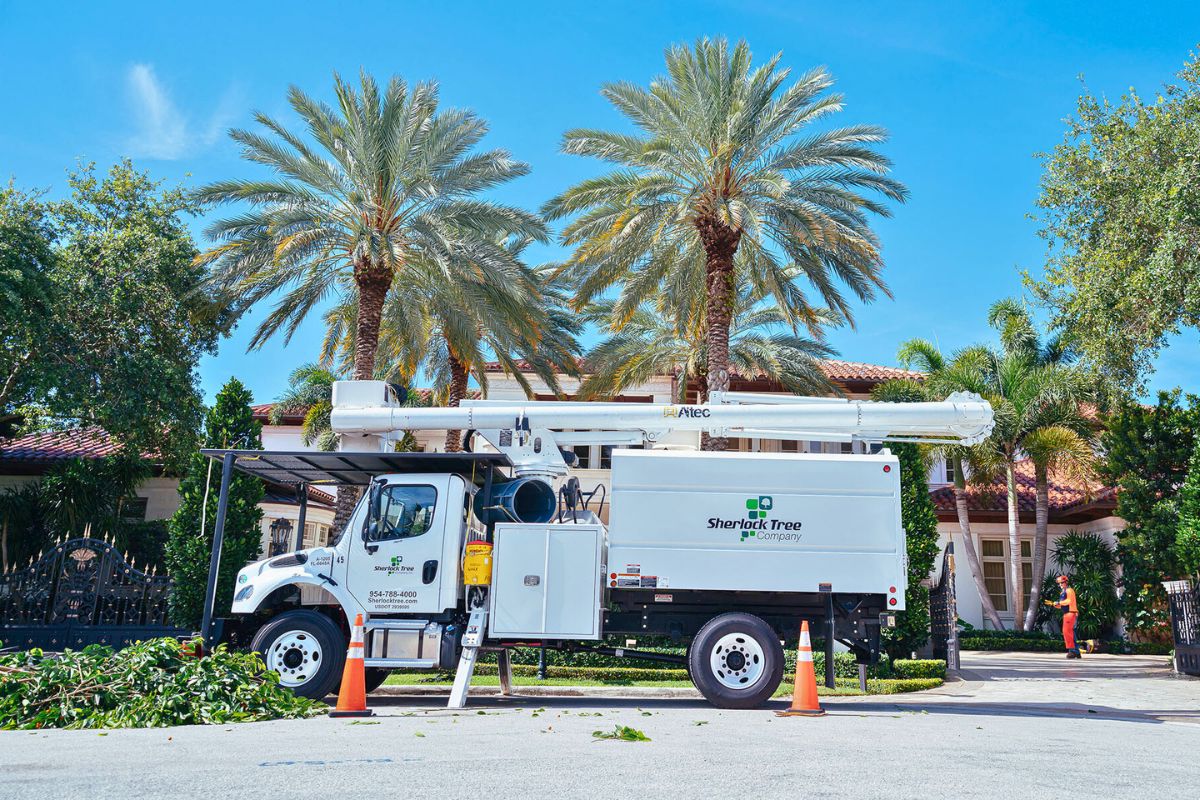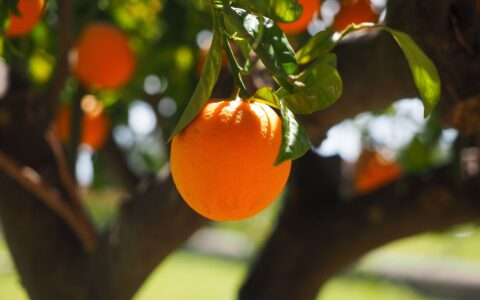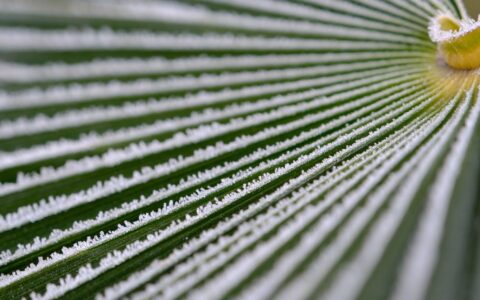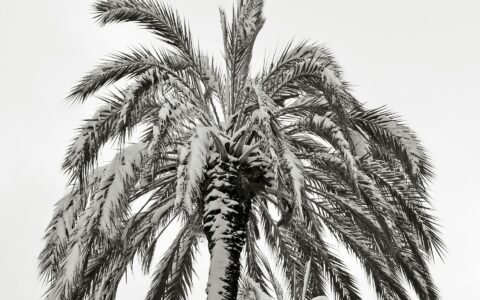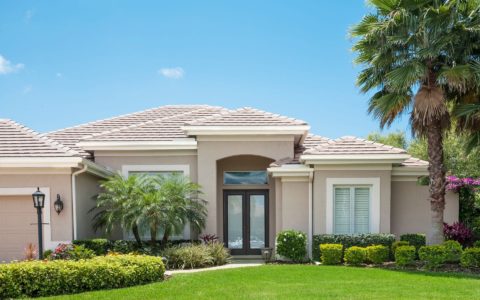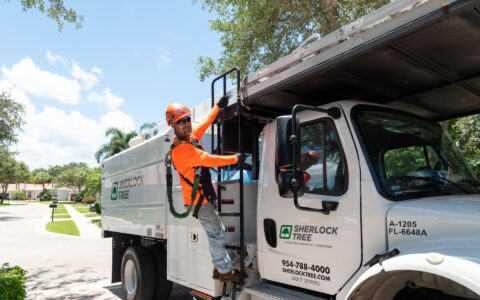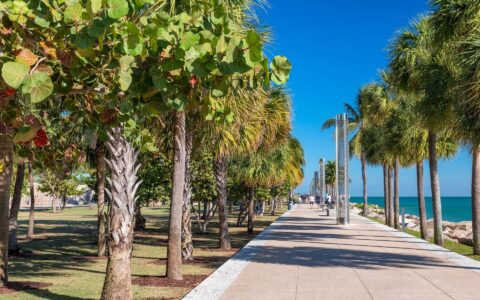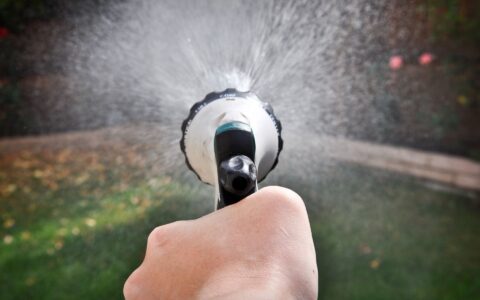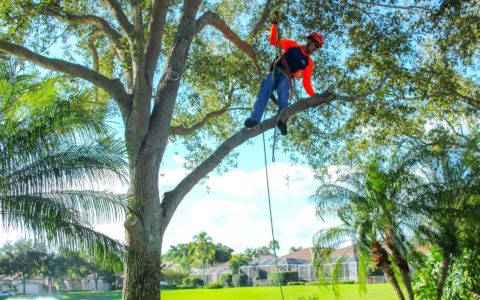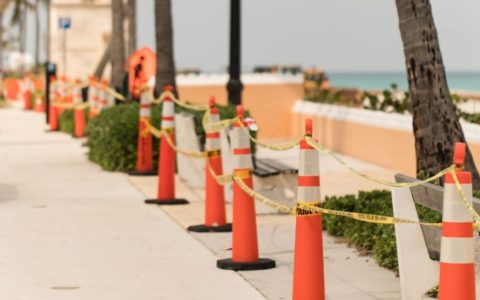When thinking about home values in South Florida, many homeowners focus on the view from their yard, their proximity to the Atlantic or the intercoastal waterway, or the size of the pool. But one thing many forget to consider is their trees.
Trees have a huge impact on curb appeal and overall aesthetics, which can play a big role in property values. That’s why removing a tree is a decision to take seriously – removing trees indiscriminately may hurt your home value, though removing troublesome trees could actually improve it. Here’s what you need to know about tree removal and how it can help or hurt the value of your South Florida home.
Key Takeaways:
- Healthy, mature trees can increase the value of South Florida homes, streets, and neighborhoods.
- Strategic tree removal of hazardous or poorly placed trees can improve property values by eliminating future maintenance costs and safety concerns.
- Location and species selection significantly impact whether a tree helps or hurts property value in South Florida’s unique climate.
- Professional assessment from Certified Arborists helps homeowners make informed decisions about which trees to keep or remove for maximum property value.
The Direct Impact of Trees on South Florida Property Values
It’s no surprise – most prospective home buyers view mature trees as an asset, increasing curb appeal and making the home more inviting. Moreover, a neighborhood or street full of mature shade trees can be much more attractive to buyers, driving up all the home values in that area.
A healthy landscape can increase property values by as much as 10-20%. Researchers in Tampa found that even a 1% increase in tree coverage could increase the sales price of a home by ,000.
Large shade trees, especially those planted on the south and west side of a home, can provide much needed shade from the intense afternoon sun, keeping homes cooler and lowering cooling costs. Trees that shade driveways or patios could also be a selling point, too.
Trees can also impact property values by:
- Creating privacy
- Blocking unwanted views of neighbors, roads, or shopping centers
- Providing natural windbreaks during storm season
- Adding tropical character that buyers expect in South Florida
- Making outdoor spaces more usable and enjoyable
- Supporting local wildlife that many residents value, like migrating songbirds and butterflies
But not all trees are beneficial. It depends on the type of tree and its size, condition, and location. For example, a Brazilian pepper tree might create privacy, but its aggressive, invasive nature is seen as a drawback because they require constant maintenance or total removal.
Likewise, a sprawling oak tree typically boosts home value, unless that tree is struggling, decaying, or otherwise hazardous.
In other words: sometimes trees help and sometimes they hurt. And choosing to remove a tree may impact property values in a positive or negative way. It all depends.
When Tree Removal Could Lower Your Property Value
Removing healthy, mature trees from your South Florida property could lead to an immediate drop in property value. This is especially true for iconic trees like royal palms, live oaks, banyans, and other species that potential buyers in South Florida find attractive.
The impact becomes more noticeable when removing multiple trees, as this can change the entire character of your property, and even the entire street. A shaded, tropical oasis could become a barren, sun scorched yard that requires extensive landscaping to restore its appeal. And in South Florida’s intense climate, shade isn’t just about comfort. It’s about livability and energy costs.
Tee removal might decrease property value when:
- Removing mature shade trees that keep your home naturally cool
- Taking out trees that create privacy from neighbors or busy streets
- Removing signature palms or flowering trees that define South Florida landscaping
- Clearing trees that serve as natural sound barriers from traffic
- Removing the only mature trees while neighboring properties maintain lush canopies
Before removing any healthy, mature tree from your property, consider having a Certified Arborist assess its condition and value. Many times, homeowners think the only solution is tree removal, when a Certified Arborist may be able to find another solution that doesn’t require removal.
When Tree Removal Could Increase Your Property Value
While healthy trees often boost property values, problematic trees can have the opposite effect. Removing these trees might actually make your property more appealing to potential buyers, who often look for homes that won’t require expensive tree work in the near future.
Smart buyers, especially in hurricane-prone South Florida, understand that hazardous or potentially damaging trees are liabilities, not assets. They might avoid properties with large trees too close to the house, or trees showing signs of disease or structural problems. In these cases, removing the tree before listing your home could prevent buyers from walking away.
Consider removing trees when:
- They show signs of disease, decay, or structural problems
- Roots are damaging foundations, driveways, or pool decks
- Large branches hang over roofs or power lines
- Trees are planted too close to structures and will inevitably need to be removed
- The species is known for aggressive roots or frequent maintenance needs, like the invasive Brazilian pepper tree
- Storm damage has compromised the tree’s stability
- They’ve outgrown their space
In any case, before having a tree removed, get an opinion from a Certified Arborist who is familiar with high-end properties and home values in South Florida.
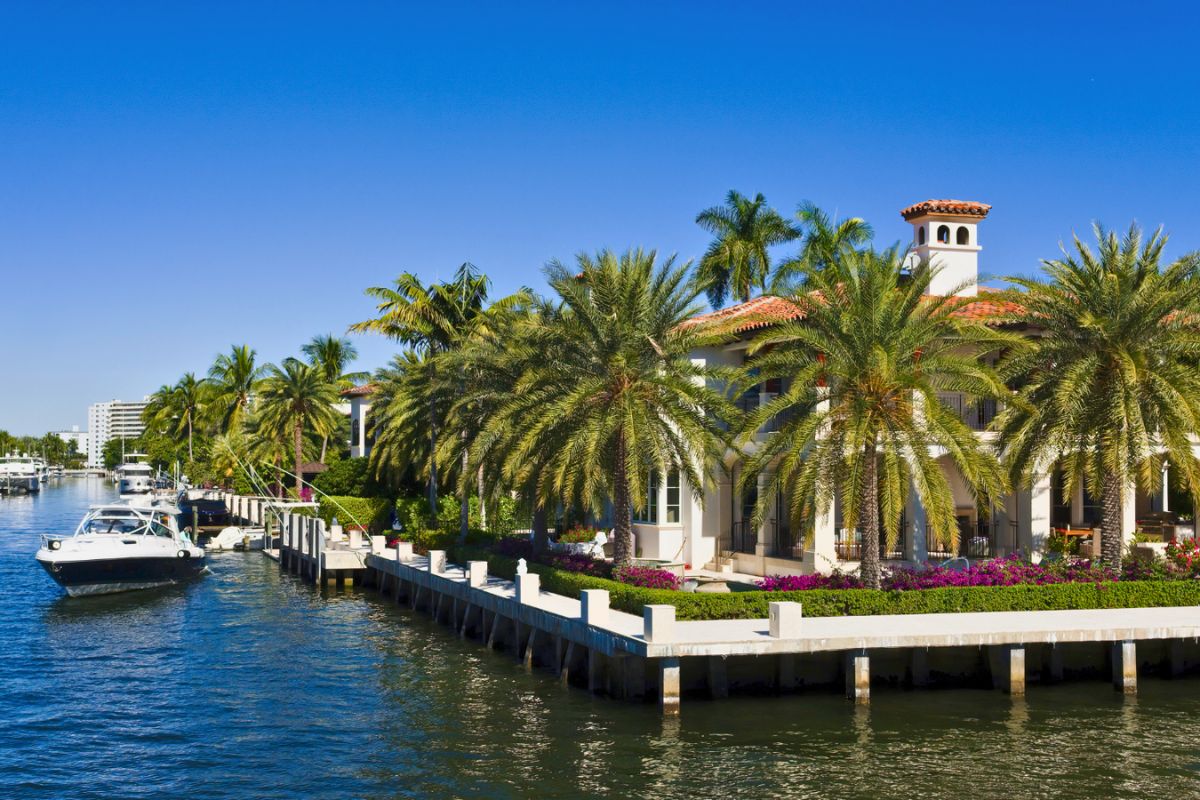
Canary Island Date Palms
Valuable Trees to Consider Keeping
Every homeowner has reasons to consider tree removal. Whether you want your property to feel safer during hurricane season, or you want to open up a view that trees are blocking, there are plenty of valid reasons.
But think twice if the tree in question is any of the following species. Here in South Florida, from Miami up to Palm Beach, these are the trees that most homeowners and tourists appreciate, and would like to have on a property they live at or visit:
- Royal Palm: The quintessential South Florida tree, found at luxury homes and resorts throughout Miami, Fort Lauderdale, and Palm Beach. Often planted in pairs or rows to create grand entrances.
- Canary Island Date Palm: Another signature palm of luxury properties, featuring a thick, stately trunk and dramatic crown of feathered fronds.
- Live Oak: Live oaks provide extensive shade, remarkable storm resistance, and can live for hundreds of years when properly maintained.
- Southern Magnolia: Features glossy green leaves year-round and large, fragrant white flowers that add elegance to any landscape.
- Gumbo Limbo: Known as the “tourist tree” for its red, peeling bark, this native species stands strong against hurricanes, grows quickly, and adds sub-tropical charm.
- Royal Poinciana: Creates a broad, umbrella like canopy and produces stunning orange red blooms that define the South Florida summer.
- Mahogany: Offers dense shade, valuable wood, and a stately appearance that improves with age.
- Sabal Palm: Florida’s state tree provides a true sense of place – it thrives in our climate and requires minimal maintenance while providing classic tropical appeal.
- Sea Grape: Perfect for coastal properties, providing natural protection from salt spray while creating natural privacy walls and shade.
- Geiger: A beloved native tree that produces bright yellow blooms nearly year-round, attracting butterflies and birds while staying compact enough for smaller yards.
- Strangler Fig: Despite its name, this native tree creates impressive canopies and intricate root patterns that add unique character to large properties, though placement must be carefully considered.
Many of these trees take decades to reach maturity, making them essentially irreplaceable in terms of immediate property value. The exception would be most palms. Mature palms can be transplanted with relative ease, allowing you to turn a bare landscape into a tropical paradise with ease. If you’re interested in having full-sized palms, or other large trees installed, give us a call to talk about tree installation today.
Frequently Asked Questions About Trees and Property Value
How long does it take for a new tree to add value to my property?
While small trees add instant curb appeal, it typically takes 5 to 7 years for a tree to grow large enough to provide meaningful shade and noticeable aesthetic value. You can shorten this by working with professionals like Sherlock Tree, who can plant large trees that would be impossible for the average homeowner or landscaper to do on their own.
What types of trees should I avoid planting if I want to maximize property value?
Avoid invasive species like Brazilian pepper, Ficus, Norfolk Island pine, cook’s pine, and most trees you can get at the big box stores, as they usually require constant maintenance and don’t add true South Florida charm. Also be cautious with fruit trees near pools or patios, as falling fruit can create messes that deter potential buyers.
For best results, consult with professional arborists or landscape designers, or visit a native nursery to find tree species that thrive in our area.
If I remove a problem tree, should I plant a new one?
In most cases, yes. Choose a species that’s better suited to the location and your property’s needs. Consider factors like mature size, maintenance requirements, and how the tree will impact your home’s curb appeal as it grows. Palms like the royal palm or sabal palm are often good choices, as they don’t grow wide enough to outgrow their space. Plus, their unique root systems allow you to plant them closer to homes, pools, or driveways.
Preserve Your Trees and Property Value with Sherlock Tree
Smart tree decisions today can significantly impact your property value tomorrow and for decades to come. The key is knowing which trees to keep, which to remove, and when to seek professional guidance for big decisions like this.
If you would like a professional opinion from a local Certified Arborist on whether to remove or keep a tree, or want to have new trees planted, then call Sherlock Tree at 954-788-4000 or request an estimate today.
Call Sherlock for quality tree services
Whether you're looking for specific tree care services, such as palm trimming, tree removal, or disease treatments, or would like one of our Arborists to examine your trees to identify any issues and recommend options, we're always here for you! Just give us a call at 954-788-4000 to set up an appointment.
- « Previous
- 1
- 2
- 3
- Next »
SEE MORE ARTICLES
Looking for more?
We've got you covered with a monthly newsletter full of tips, resources, updates, how-to's, and other helpful information about trees and landscapes in South Florida!

